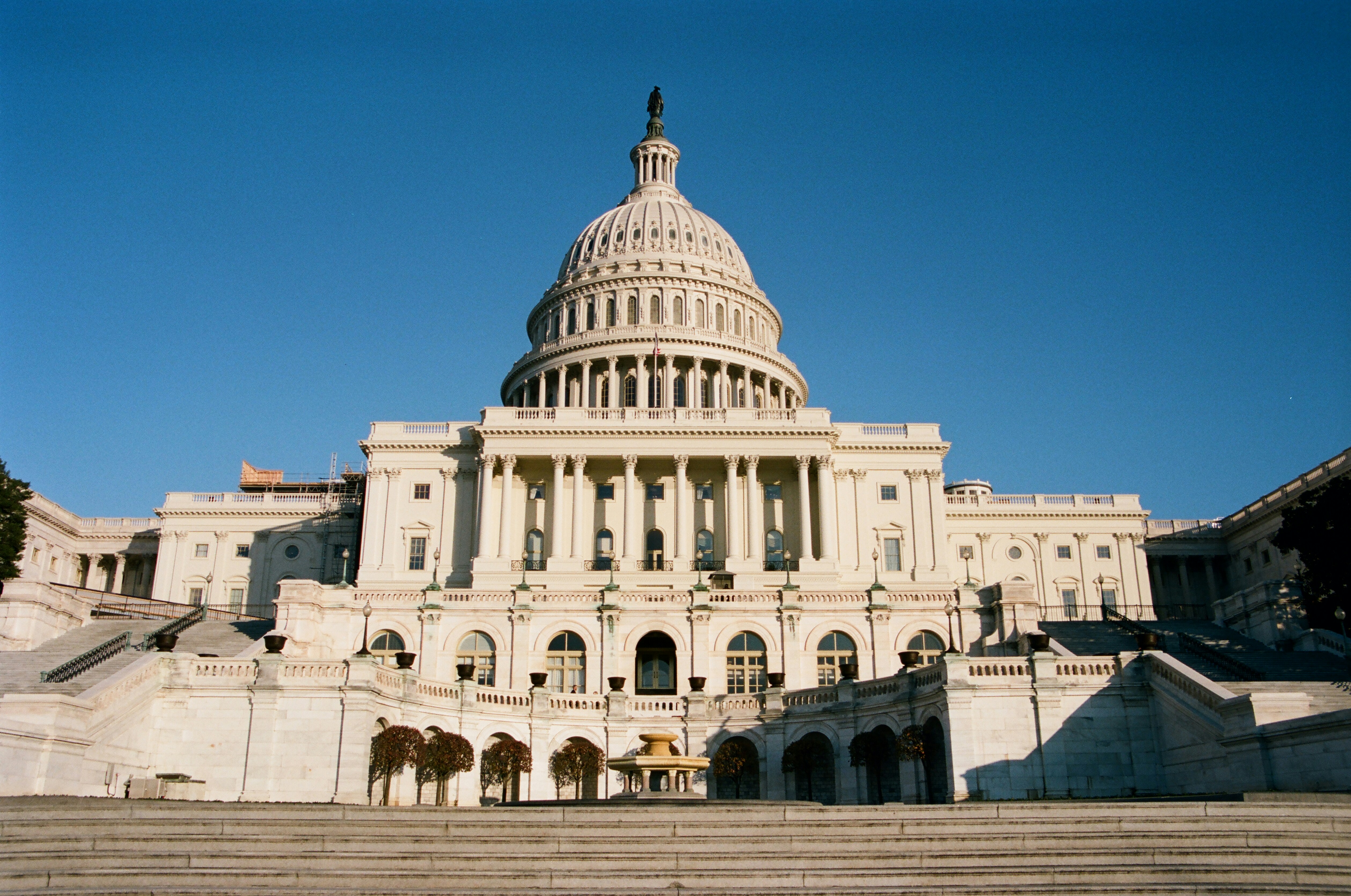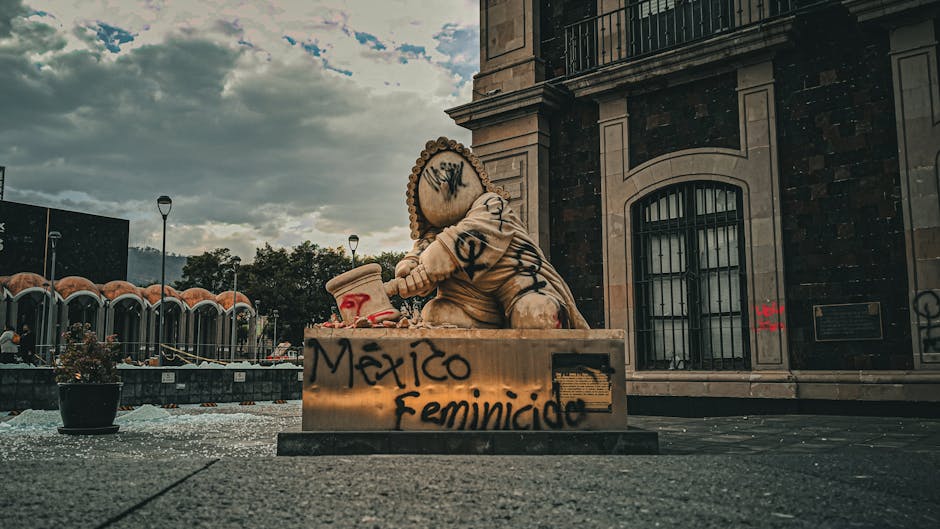Power Plays on the World Stage
Global power dynamics continue to be defined by strategic rivalries, shifting alliances, and bold geopolitical recalibrations. Three major players the U.S., China, and Russia along with blocs like NATO and the European Union, are actively positioning themselves amid growing international friction.
U.S. China Rivalry: More Than a Trade War
The U.S. China relationship remains a defining feature of global tension, with multiple dimensions at play:
Trade Tensions: Tariff battles and supply chain reconfigurations are ongoing, with both nations competing for economic dominance.
Tech Wars: The race for technological supremacy, from semiconductors to AI governance, has escalated, with export bans and domestic investments driving divisive agendas.
Military Posturing: From the South China Sea to Taiwan, both sides are flexing military power, conducting exercises, and expanding influence across Indo Pacific waters.
Russia and NATO: Escalation and Strategy
Following years of deterioration, Russia’s relations with the West have taken a more confrontational turn, prompting stronger responses from NATO:
Geopolitical Tactics: Hybrid warfare, disinformation campaigns, and energy leverage remain key tools in Russia’s foreign strategy.
NATO’s Recalibrated Approach: In response, NATO has expanded military deployments, updated defense postures, and increased partnerships with non member states.
Border Tensions: Eastern Europe has become a focal point for both aggressive moves and deterrence strategies, especially around Baltic and Black Sea regions.
The European Union: Internal Strains, External Pressures
While presenting a unified voice on many issues, the EU grapples with growing internal disagreements and external influences:
Internal Division: Political fragmentation, differing economic priorities, and debates over immigration policy challenge unity within the bloc.
Navigating External Pressure: The EU must engage global players like China and the U.S. while defending its sovereignty, particularly in trade, tech regulation, and defense.
Strategic Autonomy: Efforts toward greater independence, including common defense strategies and energy diversification, continue to gain momentum.
The strategic choices made by these global actors and the balance or collision of their interests will heavily shape the international order in the years ahead.
Climate Policy: Cooperation vs. Conflict
When it comes to climate action, unity is easier said than done. Fossil fuel interests both corporate and national still have a firm grip on the steering wheel. Investments keep flowing into oil and gas, and some governments are doubling down on extraction in the name of energy security. That’s slowing collective progress, even as the climate clock keeps ticking.
At the same time, developing nations are calling out the imbalance. They want wealthier countries to follow through on climate finance promises money, tech, and support that’s long overdue. Without it, cleaner transitions in the Global South stay stuck in theory and paperwork.
This puts leaders in a tough spot. Push too fast on green reforms, and they risk economic backlash at home. Move too slow, and they lose credibility on the world stage. It’s a balancing act without a safety net and the stakes keep rising. Climate cooperation sounds good on paper, but in practice, it’s a tug of war between priorities, power, and profit.
Democracy vs. Authoritarianism

The world isn’t just dividing along national borders it’s splitting philosophically. More leaders are doubling down on hardline styles, consolidating power under the banner of national unity or security. These polarized leadership approaches are stoking unrest, fueling clashes between state authority and grassroots demands for representation. Protests are igniting faster, and crackdowns are hitting harder. From Iran to Myanmar to Belarus, the pattern is the same: ordinary people pushing for change, governments responding with force.
At the same time, digital spaces once seen as bastions of free expression are being manipulated by those in power. Censorship is getting smarter, not just stricter. Algorithms are tweaked to bury dissent. State run media floods channels with biased framing, blurring the line between facts and propaganda. Social platforms are asked or pressured to comply.
The stakes are higher than just domestic disruptions. What happens within borders is spilling across them, influencing international alliances, aid decisions, and even military posturing. The global tension between democracy and authoritarianism isn’t new. But in 2024, it’s more volatile, more connected, and harder to ignore.
Economic Inequality and Global Reforms
The G20 is no longer just a photo op for world leaders it’s become a battleground for one of the most urgent issues of our time: tax justice. At the heart of the debate is how to make multinationals pay their fair share and close loopholes that drain billions from national budgets. Countries like France and India are pushing for tighter global tax rules, while others, including the U.S., walk a fine line to protect their corporate giants. It’s tense. What was once abstract finance talk is now a full circle political storm.
Regulating global finance is just as murky. From crypto to shadow banking, the rules haven’t kept up with the pace of change. G20 members are struggling to find common ground on how far and fast those regulations should go. Expect more friction.
And then there’s the wildcard: emerging economies. Nations like Indonesia, Nigeria, and Brazil are flexing their muscle, not just as fast growth markets but as architects of a new global economic story. Their message is blunt don’t design systems without us. As debt burdens grow and financial shocks ripple faster across borders, these countries are demanding seats at the table, not side conversations.
The bottom line? Any talk of global reform that ignores inequality, evasion, or the new power map won’t hold. The G20 knows it. Now they just have to prove they’ll act.
Hot Zones Triggering International Debate
Some conflicts never fully leave the world stage they just evolve. The Israel Palestine issue continues to fuel diplomatic friction well beyond the Middle East. With every new flare up, countries are forced to choose sides, often splitting along ideological or strategic lines. Power alliances shift. Peace talks stall. And again, the question remains: who controls the narrative and the path forward? In 2024, global diplomacy around this conflict is less about solutions, more about managing fallout.
Meanwhile, the South China Sea remains gridlocked in territorial disputes. China muscles forward with militarized islands and patrols, testing boundaries both geographic and diplomatic. ASEAN members stay wary, the U.S. keeps projecting presence, and international maritime law hangs in limbo. For vloggers covering geopolitics, this is a region to keep zoomed in.
In parts of Africa, coups have made a comeback. From West Africa to the Sahel, transitional governments topple overnight, civil order wavers, and promises of democracy stall or vanish. Global reactions are mixed: condemnation, calls for dialogue, arms embargoes. But underneath it all, the fragile roots of governance and uneven global interest create a breeding ground for unrest.
Together, these flashpoints aren’t just local crises they’re global signals. How nations respond says a lot about where the real lines of influence, interest, and inaction lie.
Deep Dive into Broader Tensions
The battle for digital control is no longer behind a keyboard it’s geopolitical. State sponsored cyberattacks are growing more frequent, more sophisticated, and harder to trace. Countries are treating cybersecurity as part of national defense strategy, not just IT policy. From sabotage of critical infrastructure to election meddling, cyberspace has become a battleground. Nations are responding with bigger budgets, tighter surveillance laws, and aggressive diplomacy. The old arms race now has a digital counterpart.
Meanwhile, global health politics haven’t cooled since COVID. Countries are drawing firmer lines over vaccine equity, supply chains, and future pandemic preparedness. There’s still no universal playbook. Instead, we’re seeing fragmented health alliances form some cooperative, many competitive. As richer nations lock into bilateral deals and poorer ones call for reform of the WHO, trust remains in short supply. Public health has turned into a matter of influence as much as science.
Migration is another flashpoint. Policy decisions around borders, asylum, and labor migration are sharply polarized. In some regions, tighter controls and nationalist rhetoric dominate. Elsewhere, economic realities are forcing more open stances. The debate isn’t just about who gets in it’s about identity, sovereignty, and fears of societal change. Governments are caught between political backlash and humanitarian responsibility. The result is inconsistent rules and rising tension across borders.
Check out this close up on political showdowns shaping global governance.
Even as alliances shift and leaders clash, one thing’s clear: the outcomes of these battles will define international cooperation or confrontation for years to come.


 ____________
____________
